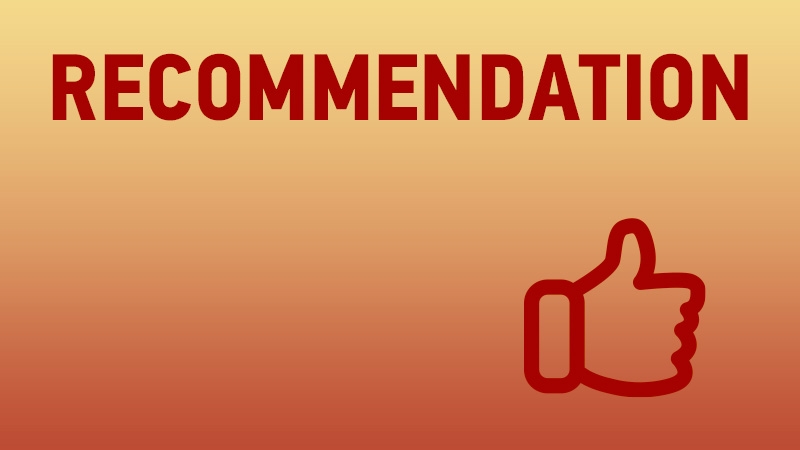On 01 March 2021 the World Health Organization (WHO) published the ‘Roadmap to improve and ensure good ventilation in the context of COVID-19’ with the intention of providing a globally adopted reference in the best interests of public health and creating awareness for good ventilation practices. The first edition of the publication referenced outdated and obsolete standards, therefore Eurovent supported by Eurovent Middle East, submitted official recommendations to the WHO to revise the references. On 13 April 2021, a corrigendum was published by the WHO to withdraw the obsolete references in the publication. Eurovent Middle East recommends exclusive use of ISO 16890 as the global standard for air filter classification.
ISO 16890-1:2016 replaced EN 779:2012
The ISO 16890 test standard, published in December 2016, is the globally accepted standard for the practical evaluation of air filter performance based on Particulate Matter (PM) size and has since replaced EN 779:2012. ISO 16890 offers a number of improvements compared to EN779, such as one globally adopted international standard, as well as the opportunity to evaluate filter efficiency from a wider particle spectrum (0.3 microns to 10 microns) compared to EN779 (particle spectrum from 0.4 microns) and enables selection of filters for their specific performance related to the need of the application.
PM size and air filter efficiency in the context of the COVID-19 virus transmission is of particular importance concerning good ventilation and improved Indoor Air Quality (IAQ). The filter classes published under Annex 3 of the corrected WHO Roadmap now reflect the filter classes in line with ISO 16890-1:2016.
ISO 16890-1:2016 Group Classification
ISO 16890 filter efficiencies are determined based on particulate matter size classes; PM1, PM2.5 and PM10 referred to as ePM1, ePM2,5 and ePM10 in the standard. The standard separates air filters into four main groups:
|
|
Particle Size |
Minimum Efficiency |
Examples |
|---|---|---|---|
|
ePM1 |
0,3 - 1 μm |
min ≥ 50% ≤ 95% |
Viruses, nanoparticles, exhaust gases |
|
ePM2,5 |
0,3 - 3 μm |
min ≥ 50% ≤ 95% |
Bacteria, fungal and mould spores, pollen |
|
ePM10 |
0,3 - 10 μm |
min ≥ 50% ≤ 95% |
Pollen, desert dust |
|
ISO Coarse |
≥ 10 μm |
≤ 50% |
Sand, hair |
Equivalent Filter Classes
While it is difficult to make a direct comparison between the filter classes defined in ISO 16890-1:2016 compared to EN779:2012 based on the test methodology, the table below may be used as a guideline:
EN 779 – EN ISO 16890 comparison (REHVA Journal 01/2021)
|
EN 779:2012 |
ISO16890 – range of actual measured average efficiencies |
||
|---|---|---|---|
|
Class |
ePM1 |
ePM2,5 |
ePM10 |
|
M5 |
< 20% |
< 40% |
> 50% |
|
M6 |
< 40% |
50-60% |
> 60% |
|
F7 |
50-75% |
> 70% |
> 80% |
|
F8 |
70-85% |
> 80% |
> 90% |
|
F9 |
> 85% |
> 90% |
> 95% |
Comments from the Industry
Having reviewed the roadmap in detail, the following suggestions were submitted to the WHO by the Eurovent Association after consultation with air filtration experts:
- Replacement of the ‘F8’ filter class to a minimum of ISO ePM1 70%
- HEPA air filter classes from E10 to H14 in accordance with EN 1822 and not EN779 as previously published
- The correct standard for HEPA filters is EN 1822 (instead of previously mistyped EN 1882)
Related documents and links
All related documents and files can be found in the respective sections in the right sidebar.
- WHO Roadmap to improve and ensure good ventilation in the context of COVID-19 (Corrigendum)
- Eurovent Recommendation 4/23 – Selection of EN ISO 16890 rated air filters classes – Third Edition – 2020
- Eurovent Air Filter Guidebook – First Edition – 2017
- EME-GEN – 20004.00 – COVID-19 Recommendations for Air Filtration and Ventilation
- EME-GEN – 20006.00 – COVID-19 Recommendations for Healthcare Facilities
- REHVA Journal 01/2021 – Filter Class Conversion between EN 779 and ISO 16890-1
- ASHRAE Position Document on Infectious Aerosols (April 2020)
